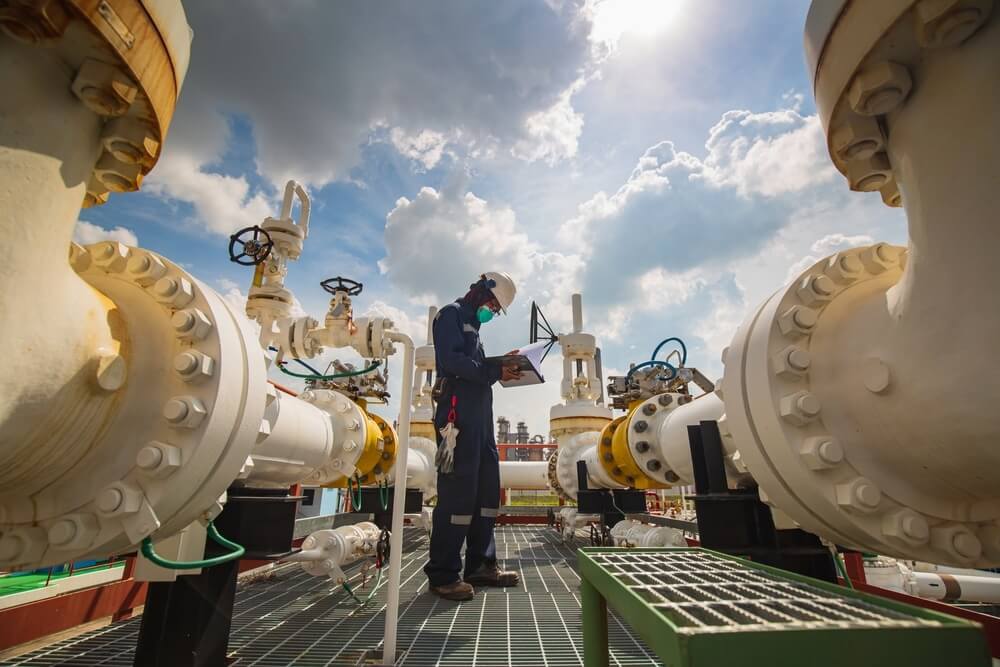
Oil Prices Have Fallen by More than $1 per barrel
Oil prices tumbled more than $1 per barrel on Monday as Chinese officials restated their commitment to a tight Covid control strategy over the weekend, dashed hopes for an oil demand resurgence in the world’s largest crude importer.
Brent crude futures fell $1.20, or 1.2%, to $97.37 a barrel by 0227 GMT after reaching a low of $96.50 earlier. U.S. Crude oil from West Texas Intermediate
was trading at $91.24 per barrel, down $1.37, or 1.5%, after hitting a session low of $90.40 earlier.
Oil prices fell substantially as Chinese officials vowed to continue the Covid-zero policy. Meanwhile, infected cases increased in China, perhaps leading to tighter restrictions, clouding the demand outlook. Brent and WTI climbed 2.9% and 5.4% last week as reports of a possible end to draconian Covid-19 lockdowns propelled China’s stock markets and commodity prices higher despite no stated changes.
Anticipation of tighter supply supports oil prices. The European Union’s embargo on Russia’s seaborne oil shipments begins on December 5. Hence, refineries around the world will ramp up output to meet high diesel demand.
This quarter, U.S. oil refiners will run their plants at close to or above 90% capacity> China’s largest private refiner, Zhejiang Petroleum and Chemical Co (ZPC), is increasing diesel output.
Europe’s Ability to Cut Gas Demand
Europe’s gas inventories continue to rise as the area braces for winter and the possibility of a disruption in pipeline supply from Russia. Stocks comfortably exceed official targets.
However, the region has made less headway in reducing usage. It may leave it short of supplies in the case of a prolonged cold season and a halt in Russian imports.
On November 2, inventories in the European Union and the United Kingdom increased to 1,071 terawatt-hours (TWh). The number went up from a ten-year seasonal average of 928 TWh.
Since the beginning of April, inventory accumulation has been the quickest on record (+770 TWh). Moreover, stockpiles have continued to rise significantly longer into the autumn than usual.
According to data from Gas Infrastructure Europe, inventories are at their second-highest level on record for this time of year and should rise higher.
Progress toward the second component of the E.U.’s gas security package has been less impressive.
In many nations, consumption was lower than in the previous five and ten years. However, the suggested demand reduction from non-industrial users was moderate when adjusted for temperature.
The three months of December through February account for 36% of annual consumption, compared to 17% between July and September. Despite high-profile, symbolic steps to reduce consumption in government-owned buildings, regular households and companies’ willingness to reduce gas usage remains unknown.
Based on a barrel-to-ton conversion rate of 7.33, the amount equates to around 10.5 million barrels per day.
This week, the bearish feeling was strengthened when Chinese government officials said there were no plans to change its Covid strategy, contradicting rumors from last week that Beijing’s Covid policies were being reconsidered.
Despite these challenges, Chinese crude oil imports are expected to be strong in November and early December. Producers worldwide should have loaded the greatest amounts heading for China in ten months in October.



